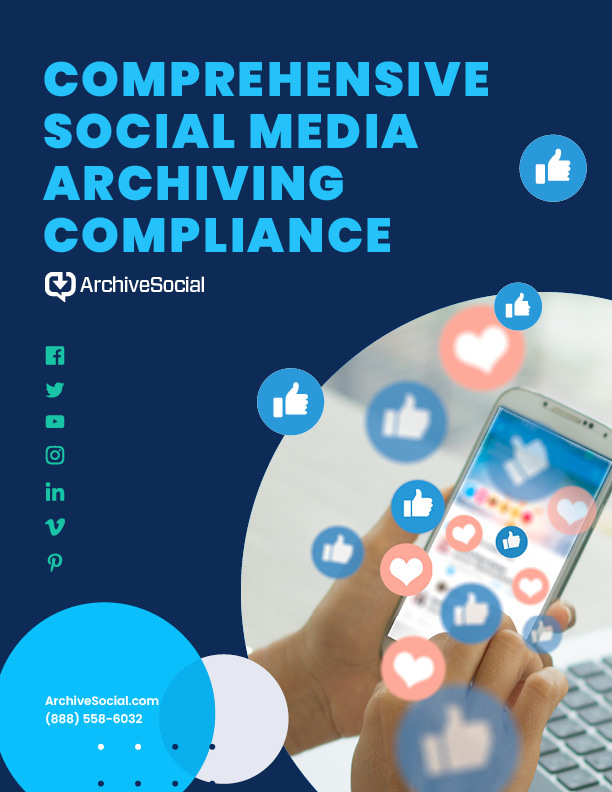However, not every social transition is this smooth. Here are a few examples that illustrate problems government officials can encounter while transferring social media to an incoming administration, and what you can do to avoid the same pitfalls.
Understand the Laws
When the newly-elected President deleted his first tweet from the official POTUS Twitter account due to a misspelling, it raised some questions amongst transparency advocates. However, removing the tweet to correct the mistake is not a problem as long as a record of the original tweet is kept in accordance with the Presidential Records Act (PRA). The PRA requires the preservation of records created or received by the President or his staff. When a President leaves office, these records are then transferred to the National Archives and Records Administration to ensure that records are accessible to the public and retained. Although the PRA was written nearly 40 years ago, electronic communications are included in the Act’s broad definition of presidential records.
Takeaway: Make sure your team is familiar with the records requirements before the first post goes out. It’s okay to correct your online mistakes, but deletion without preservation is risky at best, and illegal at worst.
Coordinate Access
Another example of a tricky transition involves the social media accounts for the North Carolina Office of the Governor. After a contentious race, the new governor was not given access to the official governor Facebook and Twitter profiles used by the former administration. While the new administration is working directly with the social networks to gain access, their social media outreach to the public is happening on temporary accounts that do not have the same reach as the official accounts.
Takeaway: Don’t leave social media out of the official transition plan if you want to preserve continuity in your communication with constituents.
Get Everyone on the Same Page
In Montana, some state agencies have different interpretations of the state’s public records law. According to the law, what constitutes as a public record depends on content, rather than format, so any kind of communication from government officials can be included. However, because there’s no central method of managing digital records, each branch creates its own guidelines for preserving this content. According to the executive branch, digital records should be retained and destroyed based on schedules in state law. But since there are no specific steps outlined, each agency could go about this process differently.
Takeaway: Establish guidelines that can be followed at all levels of state and local government. If they don’t exist, encourage state lawmakers to create them. While the responsibility for setting these guidelines varies from state to state, they are commonly written by either the Office of the Attorney General, the Secretary of State, or the Office of the Governor.
Government officials at all levels are increasingly using social media as a primary form of public communication, yet the rules and procedures for social media haven’t caught up. What these examples clearly show is that the time has come for agencies to formally include social media management into government transition plans.


